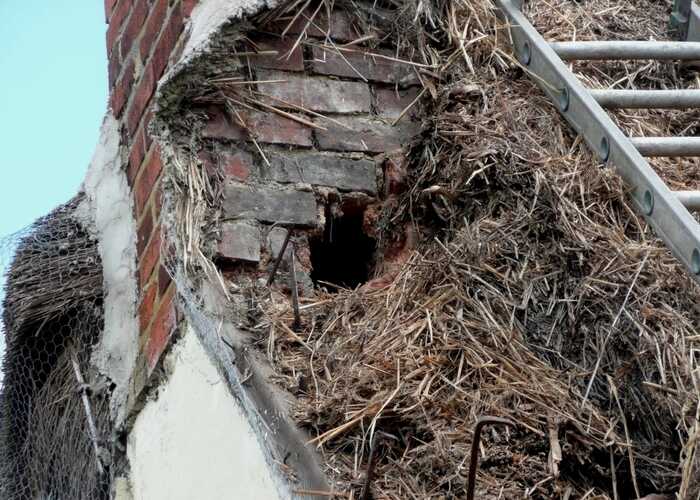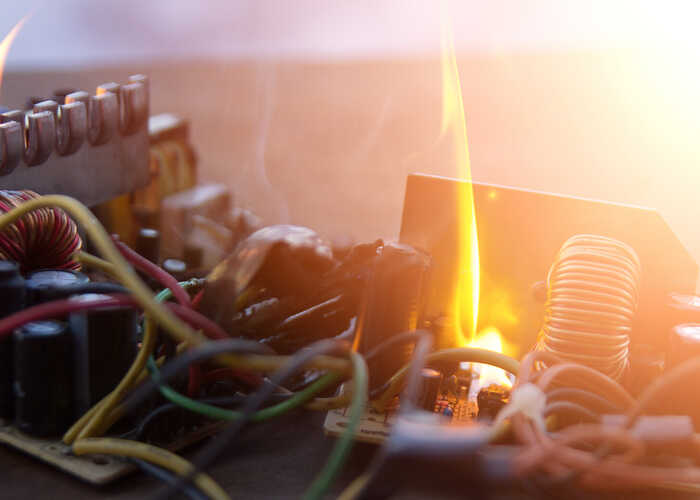
Thatch Summary Advice
- Many insurance companies and Fire and Rescue Services will publish guidance and safety advice. Additionally, most Fire and Rescue Services will have a Fire Safety Officer, who can provide valuable safety information for your thatched roof project, and, in many cases, will offer free site visits to help advise you further.
- Normal fire safety advice applies in terms of switching off unnecessary electrical appliances and lights and, of course, extinguishing cigarettes.
- Ensure that you have the correct fire extinguishers in the most suitable locations.
- Ensure that any tradespeople have the required qualifications and are registered with the relevant approval bodies. You should also check that they carry the required levels of insurance.
By raising awareness of common causes of thatch fires, and by helping to promote the preventative measures that homeowners can take, it is possible to reduce the associated risks related to thatch fires.

Common Causes
of Thatch Fires
Although thatch roof fires can be attributed to many different things, studies have shown that the most common, widely-accepted causes are chimney related:
- Ejected embers & sparks from the chimney
- Chimney Fires
Many thatch fires have been accredited to wood burners, multi-fuel stoves, flue malfunction, insufficient chimney height and poorly maintained chimneys.
For many years, heat transfer was considered the main cause of thatch fires. However, recent research revealed that unless there is a partial blockage, such as a build-up of soot or a bird’s nest, which could divert hot gases through imperfections in the chimney stack, heat transfer is very unlikely to result in a thatch fire
Safety Advice Subjects
Safety Advice Notes
As with all matters relating to chimneys, you need to gain relevant and appropriate advice in relation to your chimney from the likes of HETAS and your insurance provider.
Our internal advice centre can offer comprehensive information on thatch fire safety advice and preventative measures. We can also provide information relating to the most suitable fire barriers or systems for your properly.
Please refer to the chimneys, flues & fires page for further advice.